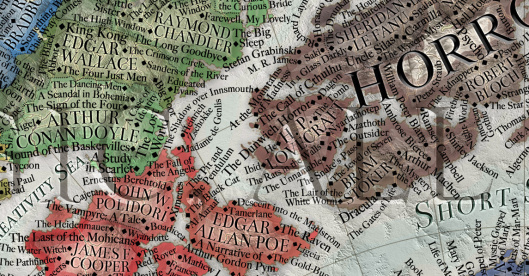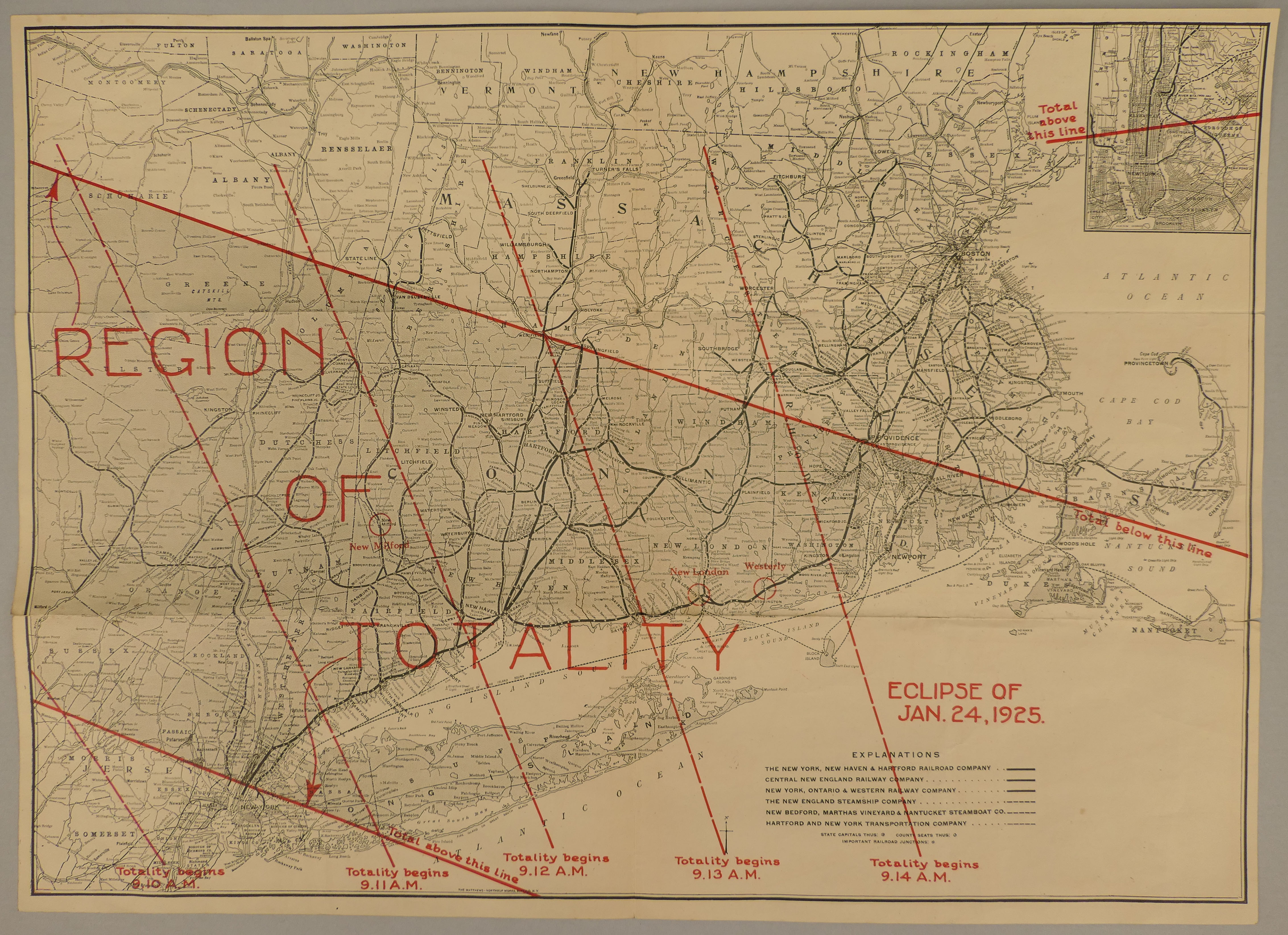H.P. Lovecraft: He Who Wrote in the Darkness is a substantial new graphic novel by writer Alex Nikolavitch and the Argentinian artist Gervasio.
A highly compressed low-res PDF preview edition was kindly provided for review by the publisher, Pegasus Books of New York. The body of the book runs to 98 pages of art, rising to 112 pages when counting the introduction by screenwriter David Camus, chapter dividers, a page of biographical endnotes on Lovecraft’s circle, and some cross-promotional padding. The book is available in print and as an ebook download via Amazon. While the book is currently rather expensive in the UK at £19 in print and £18 in ebook, I see that used print copies are starting to become available here at lower prices. I also see that the price of the print edition has dropped by $10 in the USA, since its Halloween 2018 publication.

The two-page introduction is by screenwriter David Camus and appears to have been translated from his native French. This is informed and perceptive, with Camus making interesting and very relevant points about Lovecraft’s delight in playing roles (the Old Gent, the Dandy, the Hermit, the Prankster, the Mentor, the Cynic and so on) and about the often-overlooked humour and subtle self-parody that can bubble up in Lovecraft’s work.
Gervasio’s art is a delight throughout. He frames his panels expertly, the panels flow a complex story over the page with ease, and within these panels his precise facial expressions speak volumes. Here, for instance, is an especially memorable expression from Samuel Loveman. He has just passed Sonia on the stairs as she leaves Lovecraft for good, and Loveman is ascending toward Lovecraft…

This one panel shows how much there is for an informed reader to bring to this graphic novel, if one knows Lovecraft’s life and friends well. Yet it also shows the depths of meaning that the casual uninformed reader will totally miss. It’s a credit to the two creatives at work here that the book usually manages to walk the tightrope between the two types of reader.
Gervasio’s attention to period detail and clothing is excellent, and he doesn’t stint on this. His panels are filled with all sorts of charmingly authentic items, and yet they hardly ever feel cramped. One even wonders if he might be putting his own knowledge of Lovecraft’s life into the panels. For instance, in the first panel we see Lovecraft walking into the seedy Red Hook in search of cheap solo lodgings. Behind him a plump older man is about to be run down by a truck. Possibly Gervasio has no idea that Lovecraft’s good anarchist friend Morton was killed by a collision with a vehicle in 1941, but it’s a poignant little detail to open with. Having a cat watch Lovecraft is also a nice touch, but again it’s only something that will have meaning for those who know Lovecraft’s life.

There are many such details to be found as one reads on. I should also note that Gervasio’s art has also been expertly coloured in a ‘very slightly faded’ way and with obvious reference to typical “1930s urban America” colour palettes. Unfortunately we don’t get a Marvel-style credits box which breaks down exactly who-did-what, so I’m uncertain exactly who the colour flatting was done by. But it doesn’t seem to have been Gervasio himself. In terms of the details of the visual characterisations, Gervasio accurately portrays the various members of the Lovecraft circle. Yet he obviously had no access to the good photograph I found of Henry Everett McNeil (see my recent book on McNeil, Good Old Mac) which revealed McNeil to the world for the first time since the 1920s. Thus, while McNeil is accurately portrayed here as an ‘oldster’, he is far too angular and crew-cut in appearance. Also, Sonia is perhaps not as voluptuous and well-fed as she really was, as here she is more angular in appearance.
The script by Alex Nikolavitch is neatly structured, covering Lovecraft’s life from 1925 to 1937 in chronological order while dipping occasionally into flashback memories and short evocations of the stories. This wide variety of settings retains interest, but often shuttles the reader about at a hectic pace. Nikolavitch necessarily condenses, highlights and omits, for dramatic purposes. For instance, we see only Mrs Miniter and no Mrs Beebe on the fateful visit to rural Wilbraham that birthed “The Dunwich Horror”. Nor do we see the many cats and curious ‘cat-ladders’ of the property. But this won’t be noticed by non-Lovecraftians. Sometimes emotional overtones are added, such as Lovecraft being rather ‘off-ish’ with a pushy Hoffman Price when they first meet in New Orleans in 1932. Overall, I’d say that Lovecraft is perhaps depicted by Nikolavitch as rather more openly grouchy and grumpy than he really was…

These are not really criticisms, just observations on the quite understandable changes that are inevitably needed when shaping and heightening a serious dramatic work.
But there are some minor criticisms to be made. The most significant point open to negative criticism is the dialogue. Often this is heavily encumbered by the need to explain an Important Biographical Fact to the uninformed reader. This leads to characters “speaking out of character”, often jarringly so. This ‘NPC’ problem is amply demonstrated by the first major splash page, which conveys a plain fact about the 1925 solar eclipse but which falls flat both emotionally and as spectacle.

There also are perhaps a few rather large historical liberties taken, though in some cases I can’t be sure. For instance Houdini is shown as being assassinated by a religious fanatic for his atheism, rather than killed by a jock-ish student who threw an idiotic and probably inebriated punch. Perhaps this actually reflects some new Houdini scholarship but, from my reading on Houdini and Lovecraft, I wasn’t aware of this religious aspect of his death. One recent trustworthy scholar shows it was actually all a mis-direction by Houdini’s conniving widow, who claimed the punch killed him in the hope of cashing in on a ‘double indemnity’ in his insurance policy. But I’m not a Houdini-ist and am not qualified to judge.
There are also a few basic errors that the publishers of an expensive £19 / $26 book should have caught but didn’t, such as Sonia’s line “Does the neighbour inspire you” (page 23) which should have read “neighbourhood”, and a jarring continuity error on the opening panel. In the very first text we read in the book we are told the date is “1st January 1925”, yet we see Brooklyn in high summer with the trees in full leaf… rather than darkly descending into the worst New York winter snowstorm in living memory (1st-3rd January 1925).
Despite my probably overly-picky criticisms, for the general reader this graphic novel will be a fine and informative read. It will introduce many to a basic outline of Lovecraft’s life and friendships, including those who would not venture to read a weightier life of Lovecraft. Such readers will miss a great deal but they will be pleased by the real richness of the art, entertained by the varied settings and the occasional dips into the famous stories, and they will simply not notice the historical omissions and changes.
H.P. Lovecraft: He Who Wrote in the Darkness is thus a welcome addition to a small but growing number of such graphic novels which depict aspects of Lovecraft’s biography, and it will sit companionably on the shelf alongside Une nuit avec Lovecraft (2018) and Some Notes on a Nonentity: The Life of H.P. Lovecraft (2017). Let us hope that these three are just the opening books in what will become a small library of graphic novels that depict the wealth of material to be found in Lovecraft’s endlessly fascinating life and strange interior dimensions.



















